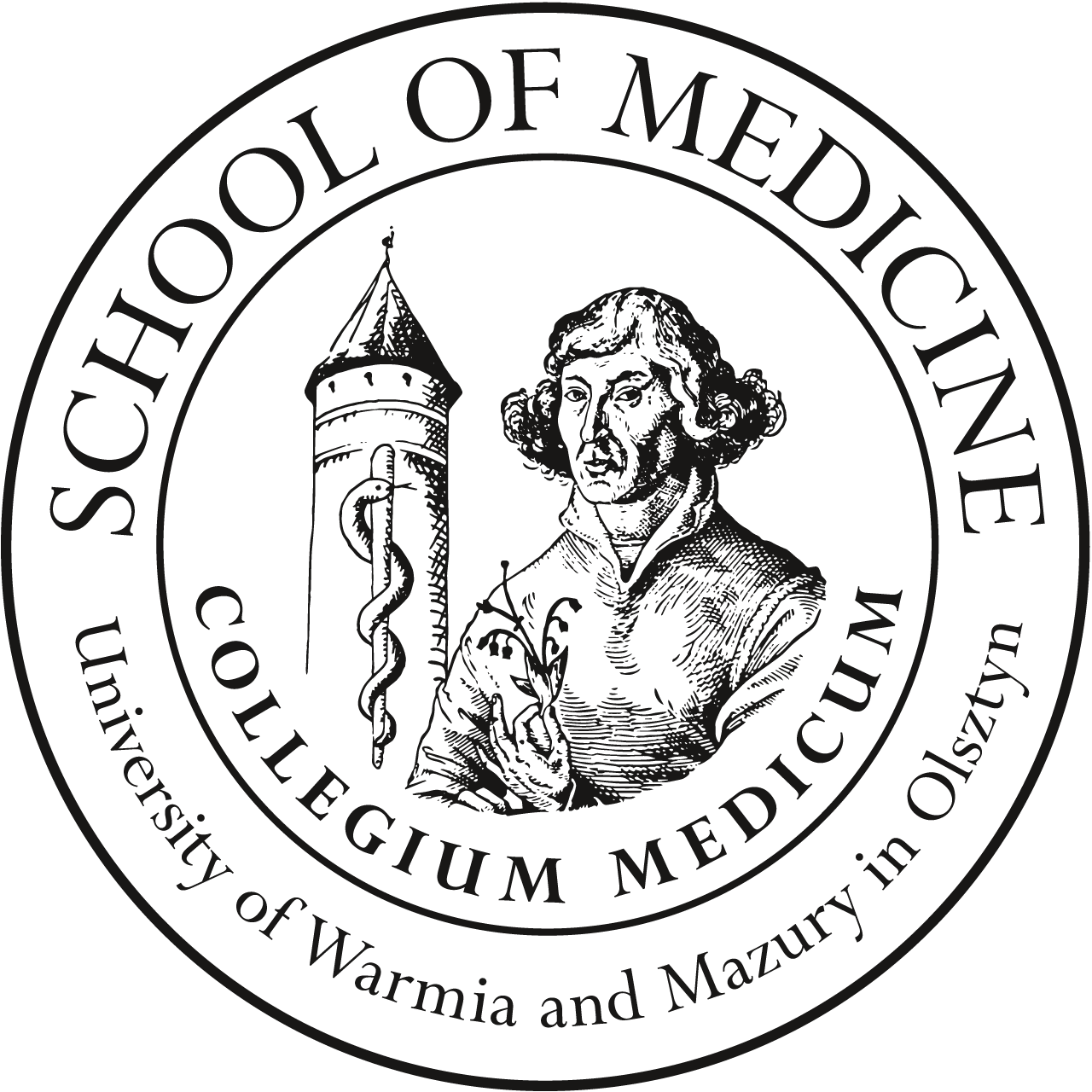Activity
Student Anatomical Circle (SKA) was founded in 2009 at the Collegium Anatomicum of the Faculty of Medical Sciences of the University of Warmia and Mazury (WNMUWM) in Olsztyn. The first meeting of the student research club was held on March 28, 2009 at the Department of Anatomy at UWM.
On June 15, 2009, based on Art. 204 paragraph 1 - 3 of 27 July 2005, the research club was entered into the university register of student organizations under the name of Student Anatomical Club.
Any student who has completed the anatomy course (II-VI year of the medical faculty at the UWM) who is not afraid of challenges and is able to meet the high requirements of the SAC can become a member of the SAC.
The best students, after completing the full Anatomy course, have the opportunity to develop their scientific interests and participate in SAC classes on selected issues from narrow areas of clinical, topographic, descriptive or comparative anatomy, as well as section classes and scientific activity.
Each of the SAC members should actively participate in both theoretical tasks (the ability to apply anatomical knowledge to solve clinical problems), and take active part in preparation workshops, as well as prepare and conduct their own research projects.
The aim of SAC is to acquire practical skills, both dissection and scientific (searching, collecting and analyzing morphological, morphometric and clinical information from various databases and scientific sources), acquiring the ability to work in a research team, the ability to effectively plan and organize working time efficiently, as well as preparation of independent projects taking into account ethical and medical issues related to medical documentation (donor, patient), copyrights and protection of intellectual property.
Goals and assumptions:
• Expanding knowledge of clinical anatomy and comparative anatomy.
• Cooperation with other research clubs and social organizations.
• To acquaint students with the basic preparation techniques. The ABC of Preparation for Beginners.
• Introducing new, advanced preparation techniques, ex: micropreparation and improving the current preparation workshop.
• Practical skills in recognizing, identifying and naming structures in ultrasound, CT, MRI, angio - CT and angio - MRI images. Living human anatomy.
• The ability to combine theoretical and practical knowledge as well as acquiring the ability to use the information learned for clinical analysis in selected cases. Clinical anatomy.
• Methodology and method of preparing various types of anatomical preparations, ex: injection, corrosive preparations, plastination, etc.
• Comparative research on animal preparations (material preparation, preliminary analysis as well as morphological and morphometric tests). Comparative anatomy.
• Conducting surveys.
• Collecting and preparing materials on the history of anatomy.
• Scientific work workshops.
• Morphometric tests and digital image analysis of vessels, nerves and bone structures.


